Are you dreading the daunting task of trimming your dog’s nails?
It’s understandable – many pet owners feel anxious about accidentally hurting their furry friend.
However, trimming your dog’s nails regularly is crucial for their health and comfort. With the right approach and technique, you can safely trim your dog’s nails at home, saving time and money on frequent trips to the groomer or vet.
In this guide, we’ll walk you through everything you need to know to trim your dog’s nails safely and effectively.
Contents Overview
Why Nail Trimming Matters
Before we delve into the “how,” let’s understand the “why.”
Proper nail care is essential for your dog’s well-being. Here’s why:
Prevents Pain and Discomfort
Overgrown nails can curl into your dog’s paw pads, causing pain, discomfort, and even infection.Maintains Mobility
Long nails can hinder your dog’s ability to walk and run comfortably, affecting their overall mobility and quality of life.Prevents Injury
If your dog’s nails are too long, they may snag on carpets or other surfaces, leading to injury or even torn nails.Promotes Healthy Feet
Regular nail trims help maintain the structure and health of your dog’s feet, preventing issues like splayed toes and arthritis.
Understanding Your Dog's Nails
Before you start trimming, it’s essential to understand the anatomy of your dog’s nails.
Each nail consists of several parts:
Quick
This is the pink area within the nail that contains blood vessels and nerves. Cutting into the quick can cause bleeding and pain for your dog.
Hard Outer Shell
The hard, translucent part of the nail that you’ll be trimming. This outer shell protects the sensitive quick.
Dead Tissue
The tip of the nail, is usually white or clear. This part is safe to trim.
Tools You'll Need
Gather the following supplies before you begin:
Dog Nail Clippers
Choose the right nail clippers specifically designed for dogs, either guillotine-style or scissor-style.Styptic Powder or Gel
In case you accidentally cut the quick, styptic powder or gel helps stop bleeding quickly.Treats
Use treats to reward your dog for good behavior and create a positive association with nail trimming.
Steps to Safely Trim Your Dog’s Nails
Trimming your dog’s nails requires patience, precision, and a gentle approach to ensure both you and your furry friend remain comfortable throughout the process.
Here’s an in-depth look at each step to safely trim your dog’s nails:
1. Recognizing Signs of Overgrown Nails
- Recognizing signs of overgrown nails in dogs is crucial before starting the trimming process.
- These signs may include a clicking sound when walking on hard surfaces, nails curling or touching the ground, visible cracks or splits in the nails, and discomfort or limping while walking.
2. Get Your Dog Comfortable
- Start by introducing your dog to the sensation of having their paws handled from a young age. Gently touch and hold their paws for short periods, gradually increasing the duration over time.
- Offer praise and treats to create positive associations with paw handling. Make it a part of your regular grooming routine to help your dog feel more relaxed during nail trimming sessions.
3. Choose the Right Clippers:
- Selecting the appropriate nail clippers is crucial for a successful nail-trimming experience. Consider your dog’s size, breed, and nail thickness when choosing between guillotine-style or scissor-style clippers.
- Guillotine-style clippers are ideal for small to medium-sized dogs, providing precise control when trimming nails. Scissor-style clippers are better suited for larger breeds with thicker nails.
4. Identify the Quick
- The quick is a vein that runs through the center of the nail, containing nerves and blood vessels. Cutting into the quick can cause pain and bleeding, so it’s essential to identify its location before trimming.
- In light-colored nails, the quick appears as a pinkish area inside the nail. However, in dark-colored nails, it may be more challenging to distinguish. Shine a flashlight behind the nail to help visualize the quick’s position.
5. Trim Gradually
- Begin by trimming a small amount of the nail at a time, starting from the tip and working your way back. Avoid cutting too close to the quick to prevent pain and bleeding.
- Use gentle, steady pressure when clipping the nail to ensure a clean cut. If your dog becomes anxious or resistant, take a break and resume the trimming process later to avoid causing stress.
6. Use Caution with Dark Nails
- Trimming dark-colored nails requires extra care, as the quick may not be easily visible. Trim small sections of the nail at a time, inspecting the cut surface after each clip.
- Look for a grey or pink oval in the center of the nail, indicating the proximity of the quick. Stop trimming once you see this indicator to avoid cutting into the vein.
7. Stay Calm and Patient
- Dogs are sensitive to their owner’s emotions, so it’s crucial to remain calm and patient during nail trimming sessions. Speak to your dog in soothing tones and reassure them with gentle petting.
- If your dog becomes anxious or restless during the nail-trimming process, take breaks as needed to allow them to relax before continuing. Rushing through the process can increase stress levels for both you and your pet.
8. Stop Bleeding if Necessary
- Accidents may occur, resulting in bleeding if the quick is cut during nail trimming. During the trimming process, it’s essential to know how to stop dog nail bleeding if it occurs.
- Apply a small amount of powder or cornstarch to the affected nail, using gentle pressure to help the blood clot. If bleeding persists or if you’re unsure, seek veterinary assistance.
9. Reward Your Dog
- Once the nail trimming is complete, praise your dog and offer treats as a reward for their cooperation. Positive reinforcement helps create a positive association with nail trimming and encourages good behavior in future sessions.
- Spend a few minutes playing or cuddling with your dog after trimming their nails to reinforce the bond between you and your furry companion.
By following these detailed steps, you can safely trim your dog’s nails at home, ensuring their comfort and well-being while maintaining a positive grooming experience for both you and your pet.
Remember to approach nail trimming with patience, gentleness, and confidence to make it a stress-free task for everyone involved.
Tips for Success
Take It Slow
If your dog is anxious, start with short trimming sessions and gradually increase the duration as they become more comfortable.
Know When to Stop
If you’re unsure about trimming your dog’s nails or if your dog becomes too stressed, don’t hesitate to seek professional help from a groomer or vet.
Be Patient
Nail trimming may take time to master, so be patient with yourself and your dog. With practice, it will become easier for both of you.
Bottom Line
Understanding the importance of consistent nail maintenance for dogs is crucial for their overall health and well-being. Trimming your dog’s nails doesn’t have to be a stressful experience.
By understanding the importance of nail care, gathering the right tools, and following a step-by-step approach, you can trim your dog’s nails safely and effectively at home.
Remember to take it slow, be patient, and always prioritize your dog’s comfort and well-being. The proper technique for dog nail trimming involves patience, precision, and gentle handling to ensure a safe and comfortable experience for both you and your furry friend.
With practice and positive reinforcement, nail trimming can become a routine part of your dog’s grooming regimen, ensuring they stay happy, healthy, and on the move.



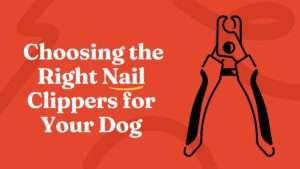
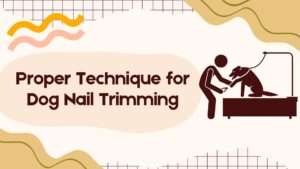



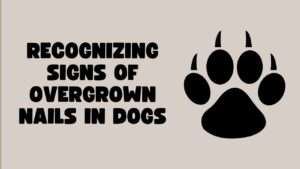
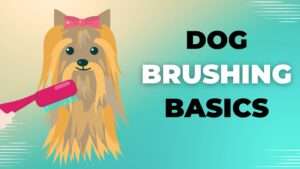
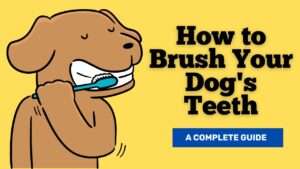
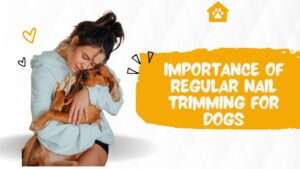
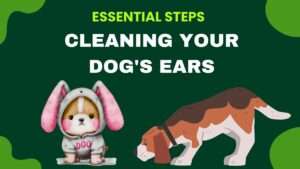
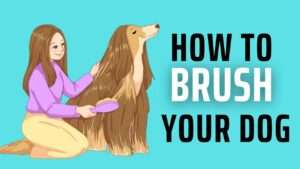
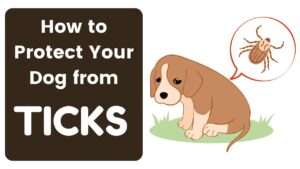

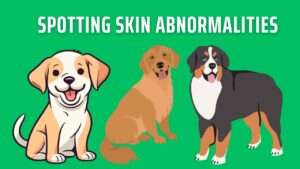



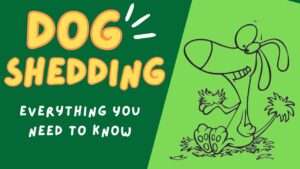
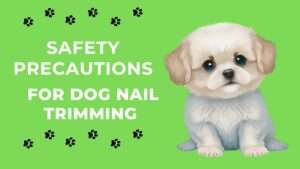
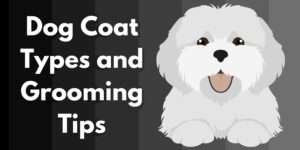

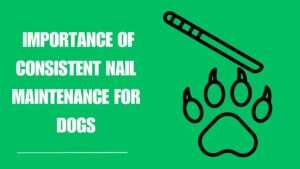







+ There are no comments
Add yours